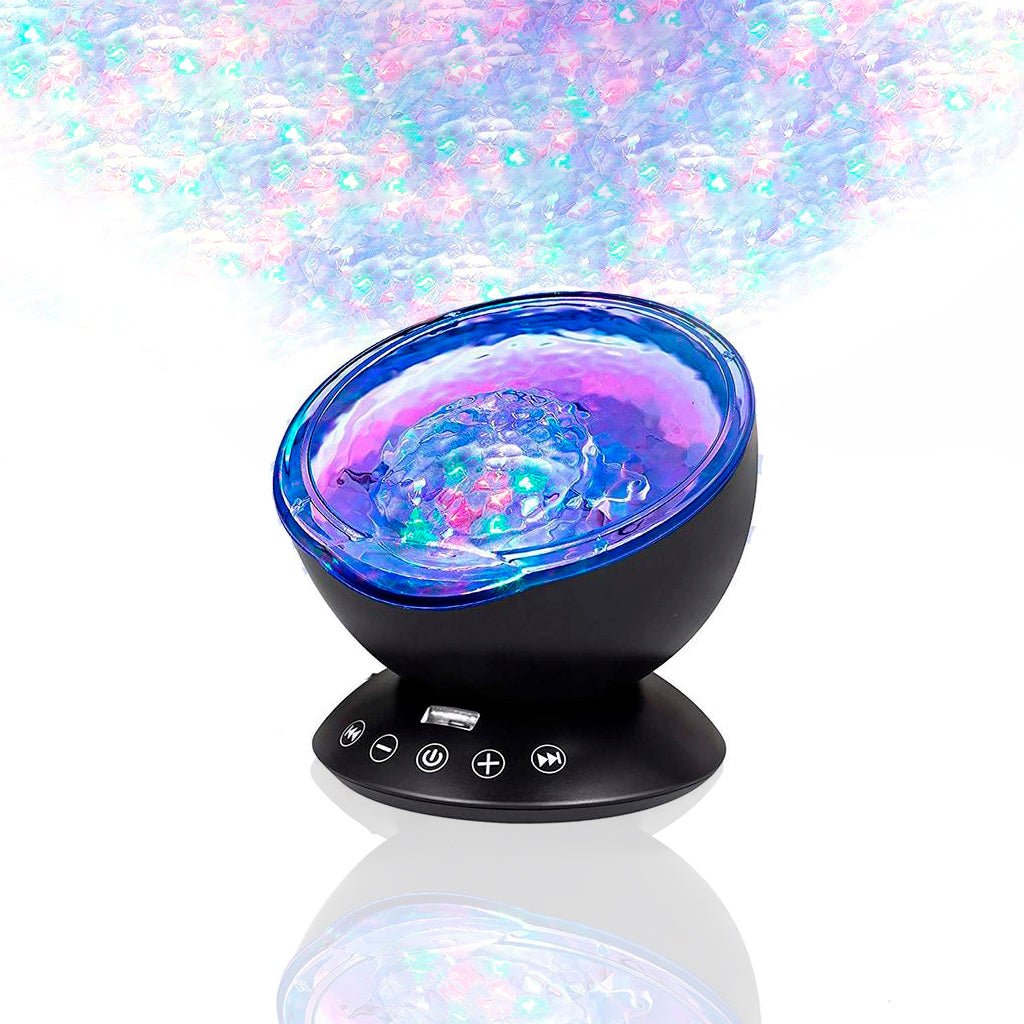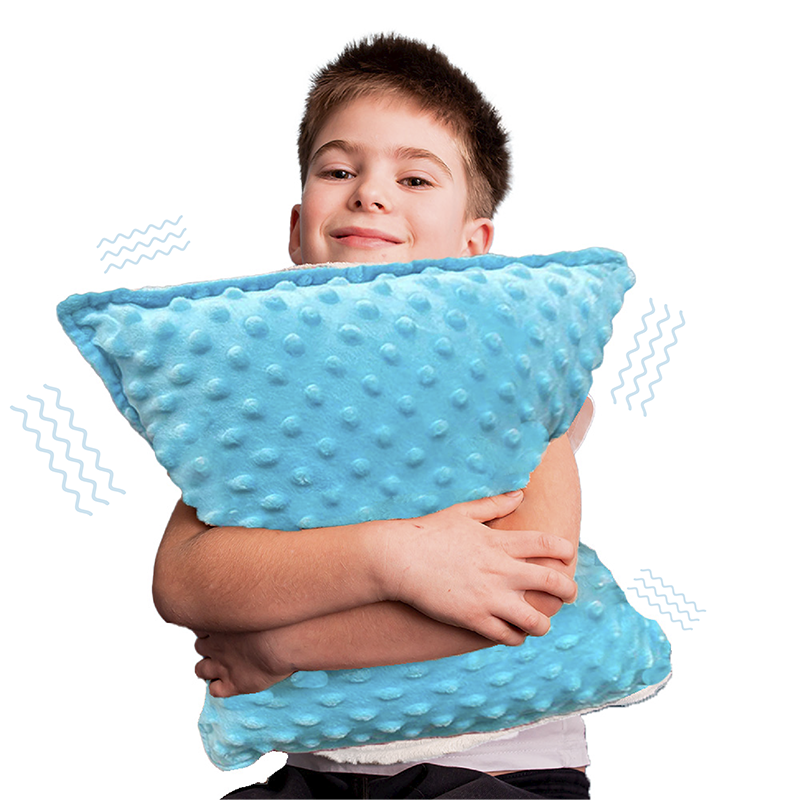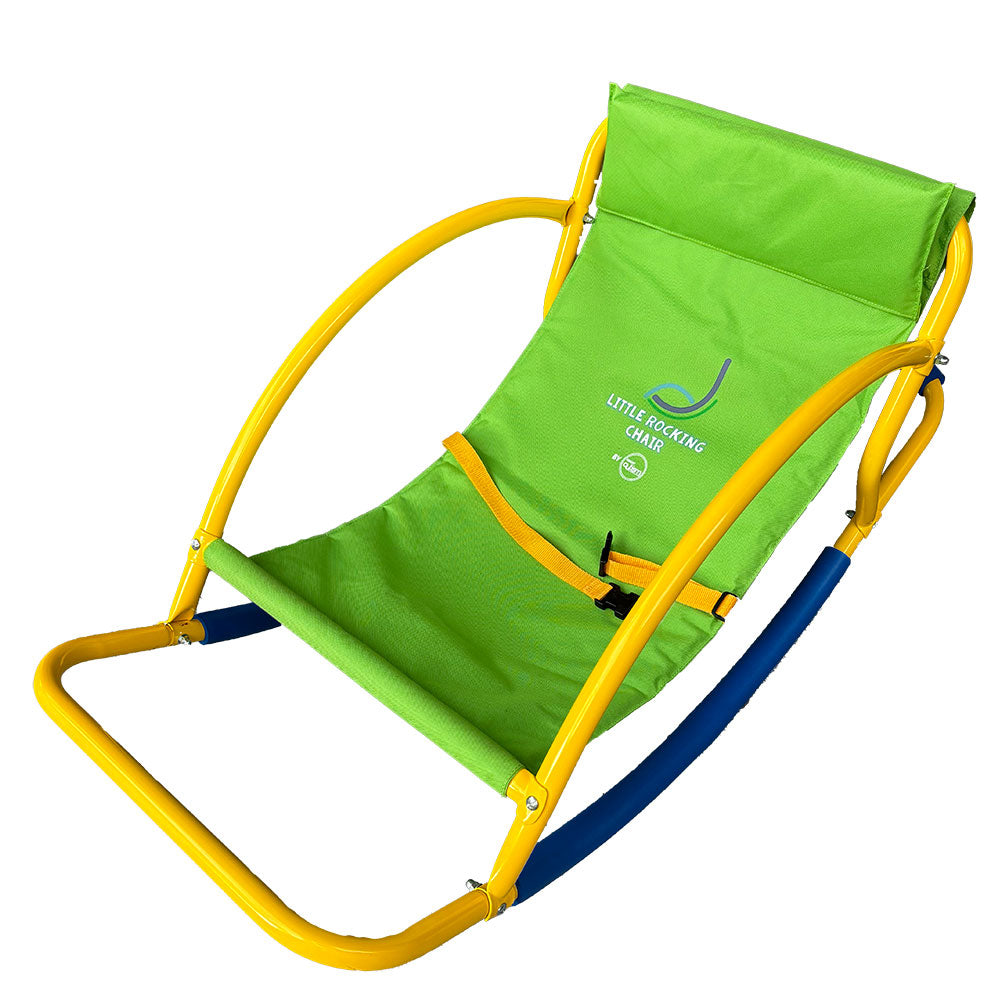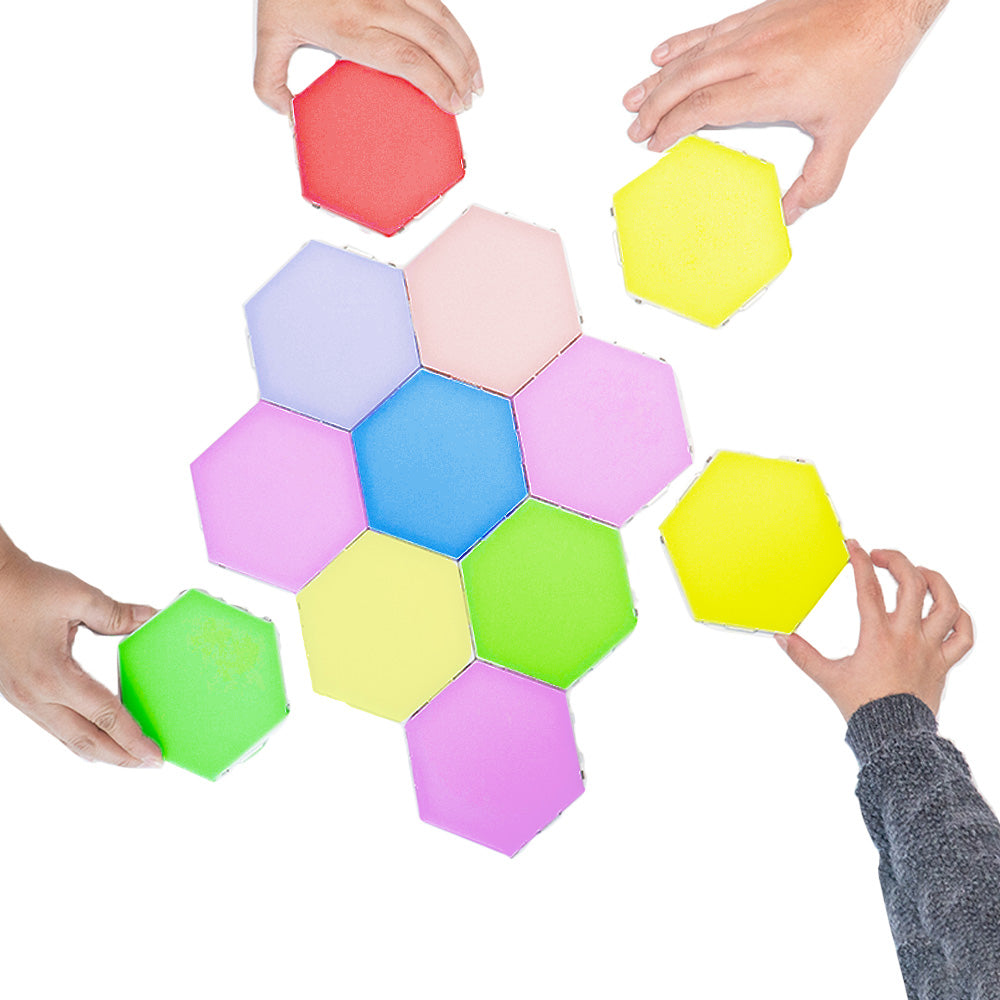
Most of us navigate the busy, bustling world without much thought, but for children on the autism spectrum, the sights, sounds, and smells of daily life can be overwhelming or underwhelming. Imagine that the gentle sound of the wind or the warm glow of sunlight could trigger intense emotions—both positive and negative. This is the reality for many children with sensory processing challenges. But what if there was a place where these sensitivities could be managed and even trained? Enter the sensorium at Sunshine Physical Therapy Clinic.
The sensorium is a unique, multi-sensory integration room designed to help children with autism and other communication disorders such as ADD and ADHD. Equipped with an array of tools and therapies, the sensorium aims to help these children comfortably engage with their surroundings. Sunshine Physical Therapy Clinic offers this innovative therapy to address both hyper- and hypo-sensitivities.
Understanding Sensory Processing Challenges
Children who are hyper-sensitive can easily become overwhelmed by the barrage of environmental stimuli. Simple everyday sounds, like a car engine or a dog barking, can cause them to shut down, withdraw, or even have a meltdown. They might cover their ears, close their eyes, or retreat into a quiet corner. These children often exhibit signs of stress, appearing jumpy or irritable.
On the flip side, hypo-sensitive children face a different set of challenges. They actively seek out greater sensory input, often engaging in behaviors like touching everything in sight or turning the volume up too high on electronic devices. These children are less attuned to common sensory triggers like strong smells or temperature changes, making it difficult for them to function in their environment.
The sensorium has tools and activities tailored for both hyper- and hypo-sensitive children, making it a versatile space for sensory integration therapy. It's essentially a giant playroom filled with sensory-friendly equipment designed to either stimulate or soothe.
Transformative Features of the Sensorium
One of the standout features of the sensorium is its ability to customize the sensory experience. Dynamic, color-changing bubble columns and fiber optic light strands can be adjusted to either stimulate or relax. Upbeat music encourages physical activity, while ambient sounds create a calming effect. Children can jump on a trampoline, lose themselves in a sea of color-changing balls, or rest on a vibroacoustic rocker or waterbed.
Moreover, the sensorium incorporates aromatherapy to engage the olfactory senses. Aromatic oils like lavender and geranium are used to soothe, while scents like cinnamon and spearmint are energizing. Each scent is introduced gradually to help the child build tolerance.
Tactile stimulation is another cornerstone of the sensorium. Different textures are introduced to children's hands and feet, from slippery surfaces to sandpaper. Sensory boards lined with various materials prompt touch exploration, aiding children in overcoming tactile aversions.
Developing Emotional and Physical Regulation
At the heart of sensory integration therapy is the aim to improve emotional and physical regulation. Many children on the autism spectrum struggle to control their bodies or use their thoughts effectively in their environment. The sensorium offers various tools to help children reach a regulated state, making it easier for them to learn new skills.
Occupational therapists like Mindy Mayer emphasize that the ultimate goal is to teach children coping skills that help them navigate their environment successfully. "We can’t change the environment, but we can teach them coping skills," she says. Therapists partner with parents, providing them with strategies to practice at home, thereby reinforcing the skills learned during therapy sessions.
Parents often first notice sensory issues in their children and seek help from pediatricians, who then refer them to occupational therapy. A thorough assessment is conducted to create a care plan tailored to the child's needs, incorporating concerns both at home and school.
Achieving Long-term Success
Therapy sessions in the sensorium are typically one-on-one, lasting about an hour, and are held one or two days a week. Depending on the child's progress, treatments can last from six months to several years. It's a team effort, and parents play a crucial role in practicing sensory integration strategies at home. These practices might include bedtime routines, reducing screen time, and incorporating aromatic or tactile tools.
What's especially beneficial is the holistic approach offered at Sunshine Physical Therapy Clinic, where speech, occupational, and physical therapies are all available under one roof. This makes it easier to schedule back-to-back appointments, offering comprehensive care and convenience for busy families.
Occupational therapy assistant Mindy Mayer finds working in the sensorium incredibly rewarding. "It’s so rewarding to see a child who was so sensitive to certain stimuli overcome the fear and learn to tolerate whatever triggered that emotion," she says. The sensorium provides a safe and supportive environment where children can learn to navigate their sensory world with confidence.
Located in Vero Beach, Sunshine Physical Therapy Clinic has been serving the community for over 70 years. It is a nonprofit organization dedicated to helping children and adults achieve their fullest potential. To learn more about their programs, you can visit their website or call them at 772-562-6977.
By focusing on individualized care and fostering a collaborative effort between therapists and parents, Sunshine Physical Therapy Clinic is making a meaningful impact in the lives of children with sensory processing challenges. Let's continue to support and advocate for these invaluable programs, helping every child find peace and joy in their sensory journey.










Leave a comment